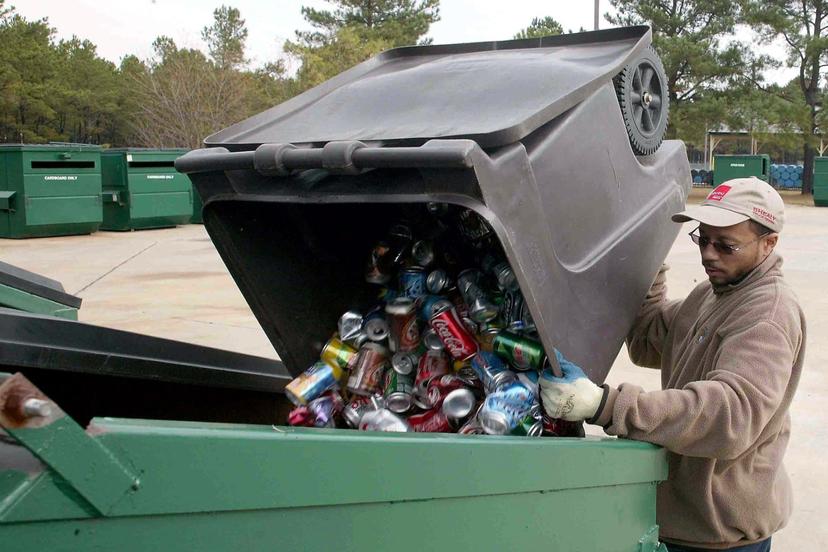Waste Management

Overview
Each day Americans toss away paper wrappers, banana peels, food packaging, used paper towels, and many other types of waste into their garbage cans. In years past, this trash was collected on a weekly basis and then buried in a landfill. Today, waste management is a major U.S. industry, and it has become a much more sophisticated and complicated one that is concerned with a myriad of environmental issues and government regulations. It is also the largest and fastest-growing part of the environmental industry.
Waste primarily falls into two categories: hazardous and nonhazardous. Both types include a wide variety of materials, but hazardous waste falls under stricter regulations and covers a range of chemical and other wastes. Nonhazardous waste is known as municipal solid waste (MSW), or what is commonly considered garbage, typical household waste. Today's waste management firms are not only concerned with the efficient disposal of waste, but also with reducing the quantity of toxic and hazardous chemicals and materials acquired, used, or disposed of. Many companies also manage recycling programs and effective waste prevention.
Few industries are as critical to humankind as waste management, with every person impacted by it. According to the Environmental Protection Agency (EPA), the country's waste industry successfully managed 268 million tons of household and other municipal solid waste in 2017, with the average person throwing away 4.5 pounds of garbage every day.
Although humankind has been managing its waste for centuries, the modern waste management industry that also focuses on reducing waste and recycling is a more recent product. Earliest efforts to deal with residents' waste in cities date back to 500 B.C., when the first known dump was created outside of Athens. The Industrial Revolution, which began in England in the 1700s and expanded to the United States, created more serious waste management issues when factorie...
